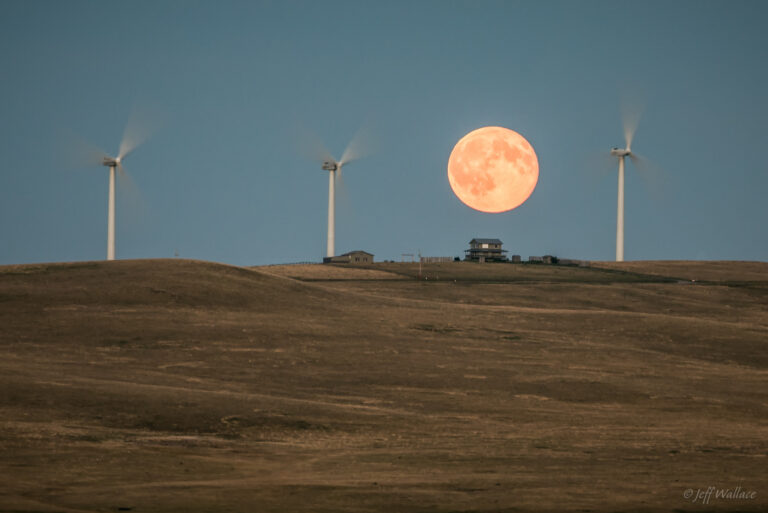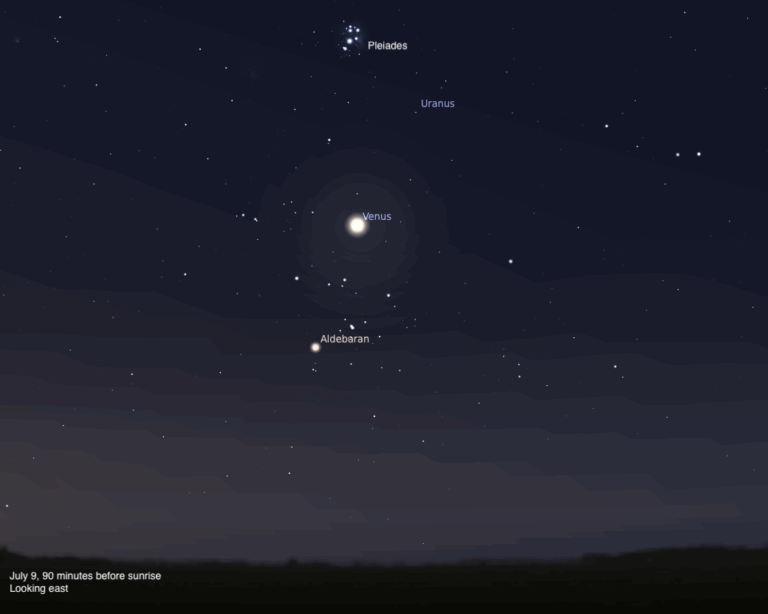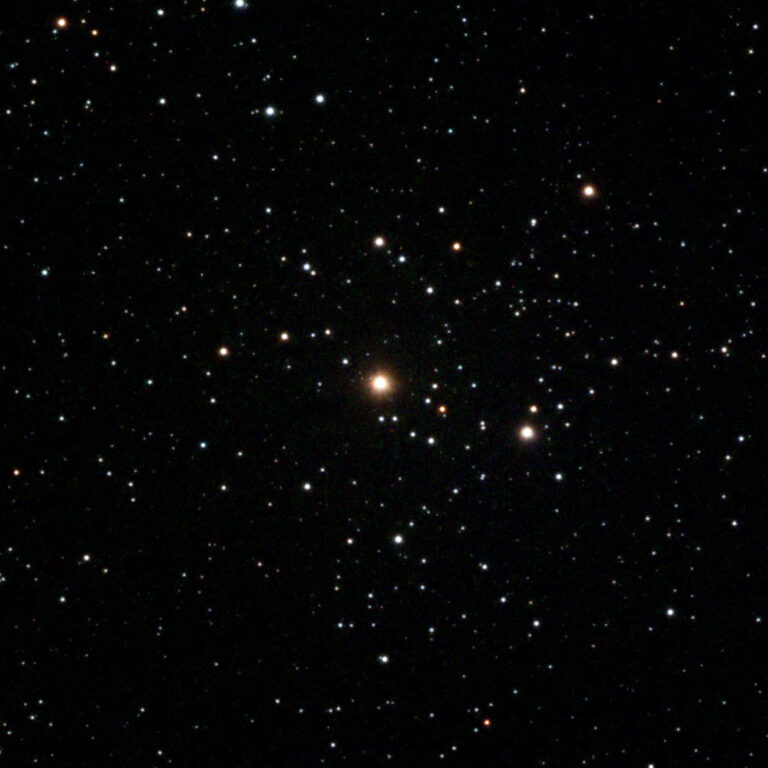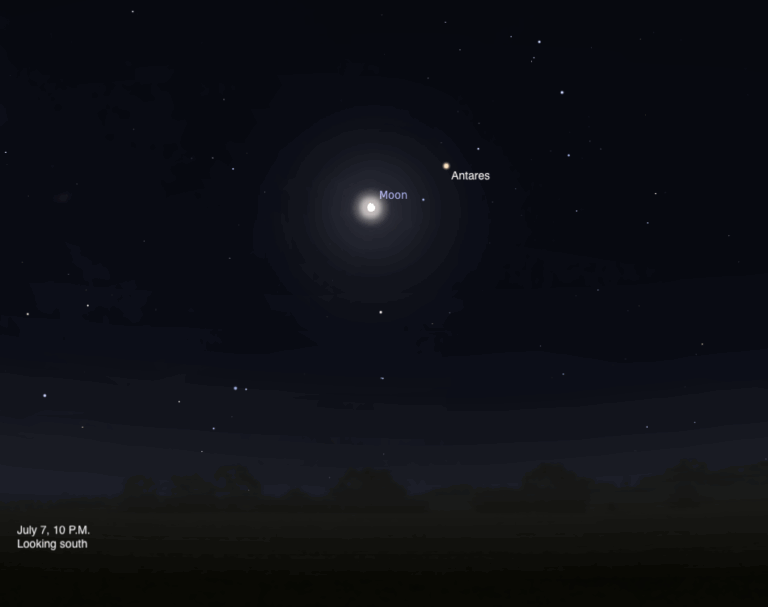
Key Takeaways:
Southern skies aglow
Intense fires in southeastern Australia during December 2019 and January 2020 led to an atmospheric phenomenon for the record books. Fires have been known to create an updraft of superheated, fast-rising air, which can turn into enormous pyrocumulonimbus clouds in the troposphere. On January 20, 2020, however, CALIPSO, a joint environmental satellite constructed by NASA and the French National Centre for Space Studies, observed smoke from the Australian fires continuing to rise into the stratosphere.Three months later, mock volcanic twilights began occurring over Botswana. A check with NASA atmospheric scientist Colin Seftor confirmed that the colorful sunsets were due to smoke from Australia’s “unprecedented fire activity.” The fires lofted between 300,000 and 900,000 metric tons of smoke into the stratosphere.Since the initial outbreak, the vast stratospheric smoke plumes have encircled the Southern Hemisphere, creating twilight glows that mimic volcanic events – but only minor ones. Indeed, to date, I have not observed any fiery reds in the afterglow with my unaided eyes. This may be related to the fact that wildfire smoke has a different composition than volcanic dust. Smoke is more sooty black carbon than lighter colored sulfates.Lucky are those who have seen Mother Nature paint Earth with fire during twilight. A year ago, Northern Hemisphere twilights became infused with incendiary glows capped with simmering purple sheens. These colors were created by sunlight interacting with gases injected into the Earth’s stratosphere by a potpourri of volcanic events: Ambae (July 2018, Vanuatu), Raikoke (June 2019, Russia), and Ulawun (July 2019, Papua New Guinea). And since their first known recording in 1553, they have inspired poets, artists, and skywatchers alike.
An example
In September 2019, Michiel de Boer of the Netherlands was driving home after watching a “fairly uneventful sunset” from the coastal Dutch Dunes. That’s when a peculiar orange glow in the sky caused him to turn around. He made it just in time to watch the orange sky turn red. “This could only be a volcanic sunset,” he thought, as the red glow combined with scattered blue light to create a mild purple hue. “As the eye adapts to colors,” he said, “the purple was best seen when first looking in the
other direction for half a minute.”Clouds below the horizon also caused shadow gaps in the higher volcanic aerosol layer, creating crepuscular rays, against which were projected colorful contrail cirrus. “Though I’m generally not a fan of man-made clouds, this was an exception,” de Boer said. “The colors were so vivid it was hard to capture.”When powerful volcanic eruptions inject large amounts of ash or sulfur dioxide into Earth’s stratosphere, thin veils of dust or sulfuric acid droplets can linger for years, spreading over the entire globe. Light Detection and Ranging (LIDAR) measurements have fingered Raikoke’s 2019 eruption as the primary source for the sunset-boosting materials. Scientists are now seeing the strongest stratospheric enhancement in mid-northern latitudes since the 1991 eruption of Mount Pinatubo in the Philippines.That event injected 20 million tons of sulfur dioxide into the stratosphere, and it created colorful volcanic twilights across the globe for some 18 months. Satellite observations from early 2020 show that Raikoke’s plume ascended 16 miles (26 kilometers) and dispersed throughout the Northern Hemisphere. But at the time of this writing, many observers have already reported that the visual effects have greatly waned.









